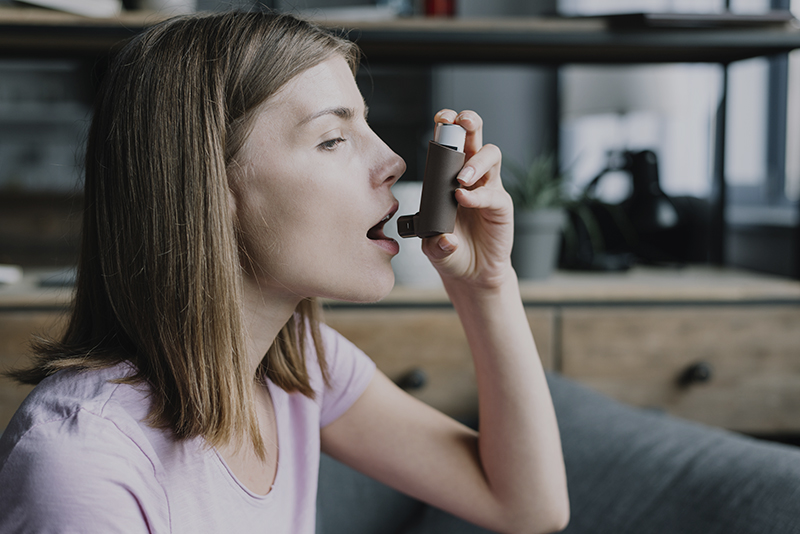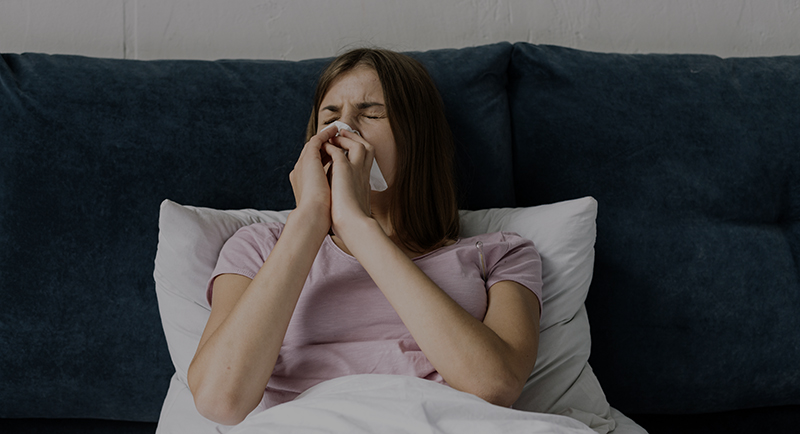
Cox L.
Med Clin North Am. 2020 Jan;104(1):77-94. doi: 10.1016/j.mcna.2019.09.001. Review.
Allergic rhinitis is a very common condition, affecting approximately 113 million in Europe and 30 to 60 million in the United States. Allergic rhinitis treatment is usually symptomatic, nevertheless it has both high economic burden and impact in the quality of life of patients.
Allergen immunotherapy (AIT) is a well-established and proven effective treatment of allergic rhinitis because it treats its symptoms but also the underlying cause of allergic rhinitis by stimulating immunologic changes that produce long-term allergen-specific tolerance.
The investigator produced a literature review on AIT and concluded that besides reducing symptoms, it improves overall quality of life of patients with allergic rhinitis. The 2 most commonly prescribed AIT routes are SCIT (subcutaneous immunotherapy) and SLIT (sublingual immunotherapy), which have comparable efficacy. The safety profile of SLIT is superior to SCIT, but both have been shown to have poor adherence in real-life studies. AIT has shown to prevent the progression of allergic rhinitis to asthma and may provide long-term clinical benefits after discontinuation of medications, which can translate into cost savings, when compared to standard treatment. However, more research is needed.



















